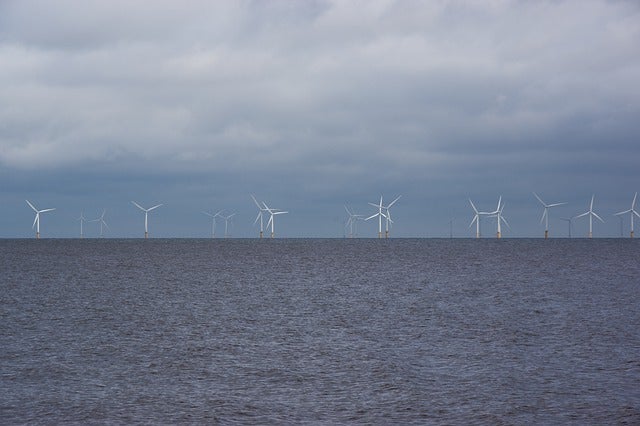
Crown Estate Scotland has selected 17 offshore wind projects with a combined capacity of 24.82GW from 74 applicants in the ScotWind seabed leasing round.
The manager of Scotland’s seabed has secured £700m from the successful applicants through option fees, which will now be passed to the Scottish government to spend on public welfare.
At the time of its launch in June 2020, the ScotWind Leasing round was expected by Crown Estate Scotland to procure at least 10GW of new offshore wind capacity.
Crown Estate Scotland Chief Executive Simon Hodge said: “Just a couple of months after hosting COP26, we’ve now taken a major step towards powering our future economy with renewable electricity.
“In addition to the environmental benefits, this also represents a major investment in the Scottish economy, with around £700m being delivered straight into the public finances and billions of pounds worth of supply chain commitments.
“The variety and scale of the projects that will progress onto the next stages shows both the remarkable progress of the offshore wind sector, and a clear sign that Scotland is set to be a major hub for the further development of this technology in the years to come.”
The winning offshore wind projects in the auction include 10 that use floating wind technology, six that are fixed-bottom, and one that will use a mix of the two technologies.
The floating wind projects have a combined capacity of 14.5GW. Royal Dutch Shell and ScottishPower through a consortium have the largest project in the segment with a capacity of 3GW.
The consortium had paid an option fee of over £68.4m for the floating wind project to be undertaken by their MarramWind joint venture.
The Shell and ScottishPower consortium has won rights to build another floating wind project in the ScotWind leasing round. The second project will have a capacity of 2GW and will be built by their CampionWind joint venture.
Shell integrated gas and renewables and energy solutions director Wael Sawan said: “Shell and ScottishPower can now look forward to generating floating wind power at significant scale in the UK to accelerate the country’s transition towards net zero. Floating wind plays to our strengths in deeper offshore projects, and we are well placed to help advance the wider take-up of this important clean energy source.
“Renewable electricity will play an increasingly important role in our customer-focused strategy, as we provide more low-carbon products and services customers need for their own journey to net zero.”
The area of seabed covered by the 17 winning projects is over 7,000km2. A maximum of 8,600km2 was made available via the Sectoral Marine Plan of the Scottish Government for the ScotWind Leasing round.
Some of the other winners of the auction are the BP and EnBW consortium with the 2.9GW Morven offshore wind project, a consortium of SSE Renewables, Marubeni, and Copenhagen Infrastructure Partners (CIP) with a 2.6GW floating offshore wind project, and a joint venture between TotalEnergies, Green Investment Group, and RIDG with the 2GW West of Orkney Windfarm.






